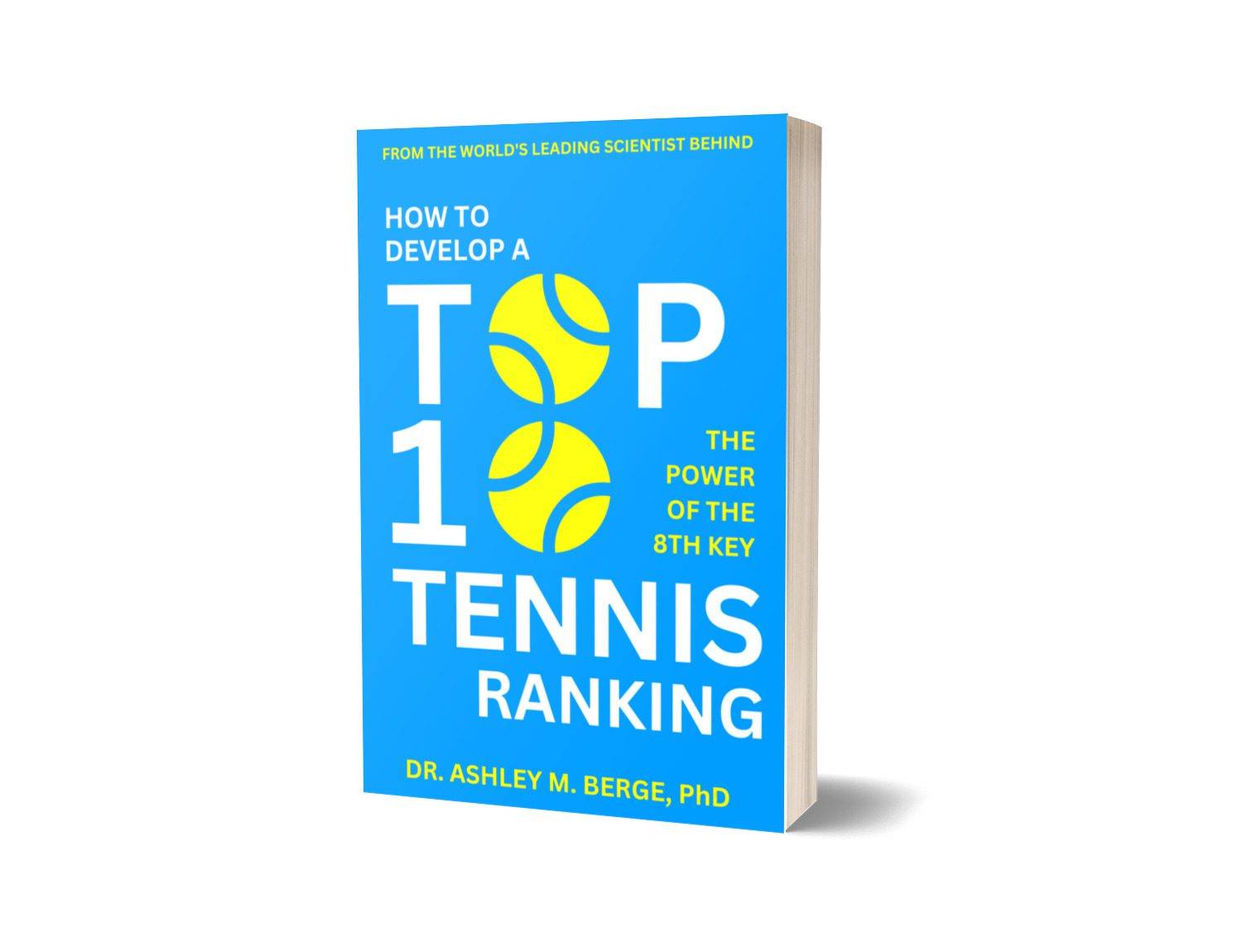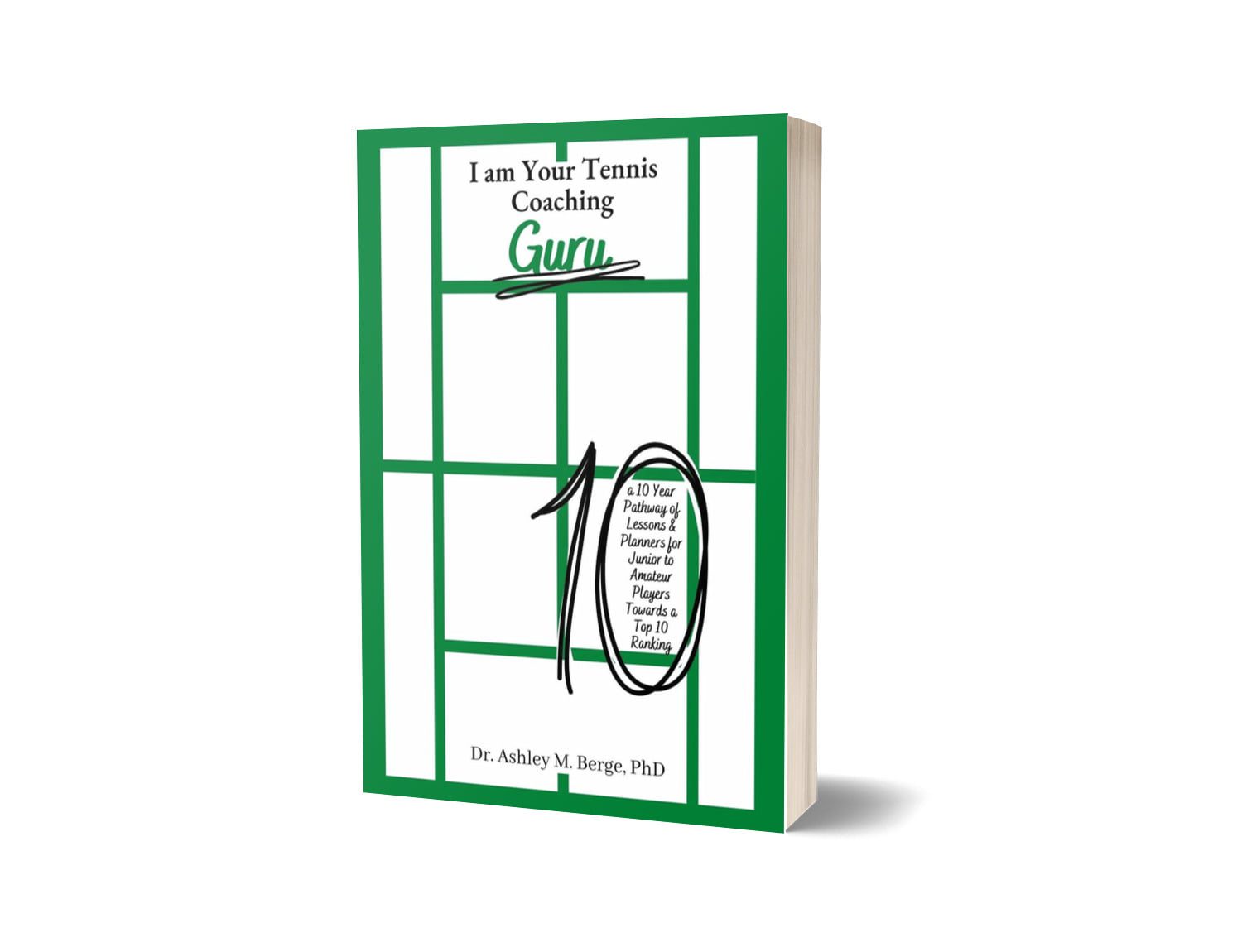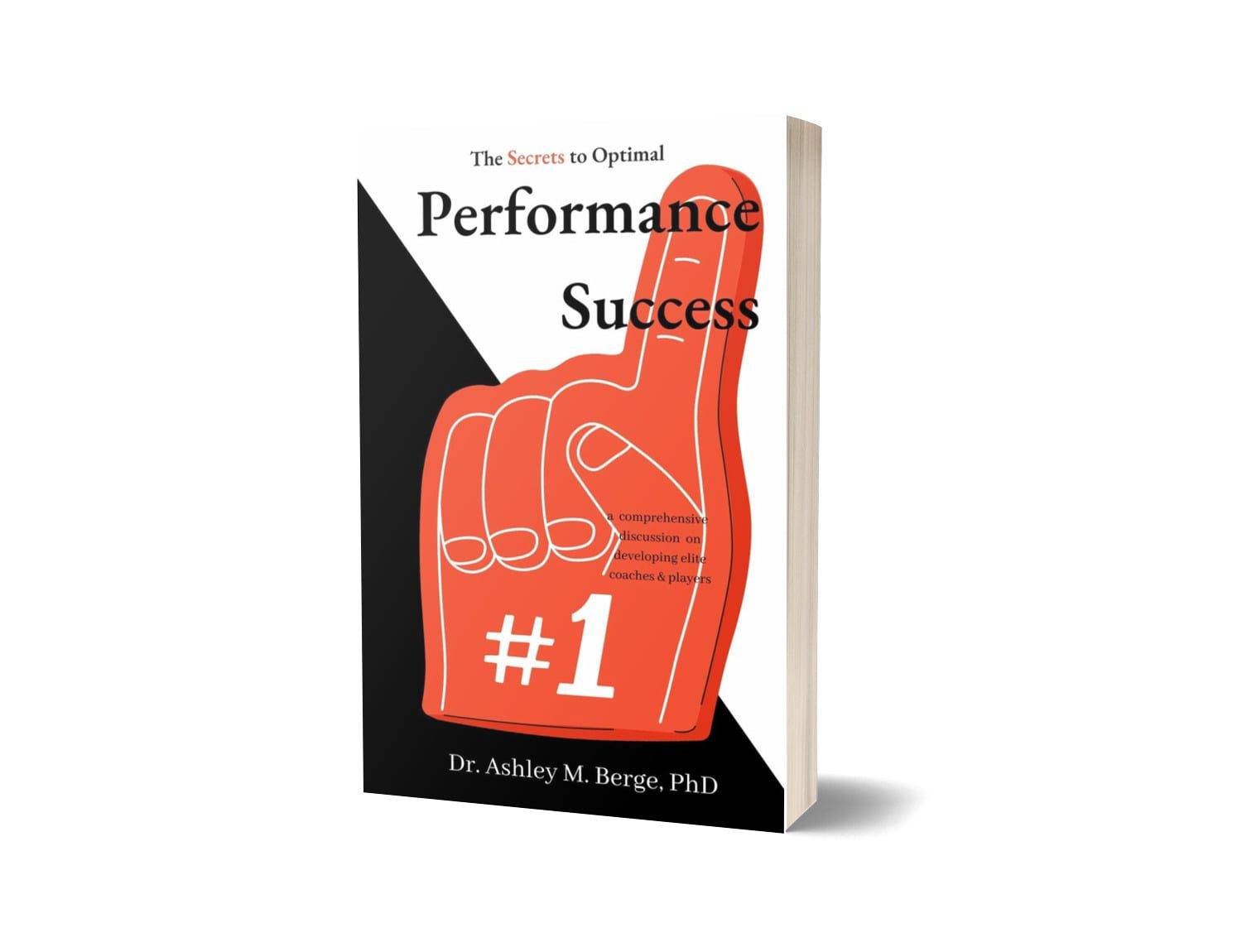
Everyone has played someone who has broken the rules. Everyone knows that feeling when their ball is called out by their opponent when it was clearly inside the line. And everyone knows what it feels like losing to that kind of opponent. Needless to say, it isn’t nice. And if you’re one of the lucky ones who hasn’t played against someone who breaks the rules then I hope this remains to be true and you continue to lead by example. For those of you who have, you’re not alone by a long stretch and it’s so incredibly important to share with you that you’re on the right side of optimal performance and the right side of reaching that next peak performance cycle. How do I know? Quite simply, those who choose not to abide by the rules do not have the moral compass needed (i.e. internal ethics) to follow The Long Game.
Ascending towards the top of the game takes work. And a lot of work. My three favourite “D’s” that I have honed into any player/athlete I have worked with over the past near twenty years is this: Discipline, Dedication and Determination. It’s that simple. You need the discipline to show up even when it gets hard. You need the dedication to continue to fine-tune your craft. And you need the determination to see it though. This combination of “D’s” is lethal in the right hands and places you on the trajectory of The Pathway towards the finale of your initial 10 Years of Play. As for the following decade of play, these three “D’s” will be in your DNA as habitual behaviours that you’ll be at-the-ready to ascend towards the Top 10 with the 7 Keys becoming solidified within your game.
Of course you’re asking, if only it was that easy? The irony, however, is that it’s pretty close. But those who do not abide by fair play will eventually stumble as these three “D’s” do not agree with those without ethical standards. As such, when it comes to ethics it is as simple as whether or not it is ethical to lie or to tell the truth. Hopefully you’re following along and agree with the truth. The same applies for that ball inside the line. By conditioning these behaviours in the initial 10 Years of Play these players/athletes are raising the bar for the next generation of play alongside each key raising the level of play.
At the highest levels of play on both the WTA and ATP tours, fair play is a must have and players are bound to these terms per the code of conduct.
Sadly, some players at this level will still break a rule or two from time and others even more so. These behaviours are not attributed towards a Top 10 tennis ranking and as such players who do not maintain ethical standards are scarcely positioned to ascend towards the Top 10. And for the one that does every so often, fair play soon enough takes over. Then there are those who quickly fall into line. Why?
There’s something about the Top 10 that threatens your rankings hold if you step out of line and rightly so with fair play on the line. The same applies for ethics with both the WTA and ATP tours championing both principles.
By all accounts it is incredibly sad when these players do tarnish the name of our game. But for those who uphold these values and lead my example, they’re the ones who have harnessed the three “D’s” and used these behaviours to amplify their game. Meanwhile, those who make the choice not to play fair and/or by ethical standards, they’re also the ones who oftentimes are battling an inner turmoil that needs addressing to balance their personal and professional agenda.
There is one thing for sure when it comes to fair play — those who play by the rules have nothing to fear. And at the elite echelon of play, there are a myriad of hoops to ensure they’re all considered and adhered towards. These behaviours set not merely help your performance but they also ensure you’re eligible to continue to play the game you have grown to love. As for ethics, they go hand-in-hand with fairness and by upholding the values of the sport and respecting your status as a role model — once you’ve crossed the threshold into the Top 10. By doing so raises the bar again for the next generation after and by upholding these values reestablishes the importance of this cycle and fundamental behaviours in that initial 10 years of Play that builds key behaviours of which can later be attributed towards more readily processing the 7 Keys and more easily transitioning from one peak performance cycle to the next. And all it takes as an added bonus is a moral compass bound by healthy ethics and fair play.
To learn more about Fair Play and Ethics: Win or Lose, head on over to Beyond Top 10 Tennis and head to Episode 44. More? Catch up on our Tips over on TikTok, Twitter, Threads or Instagram for quick snippets to apply in your game, today.


















